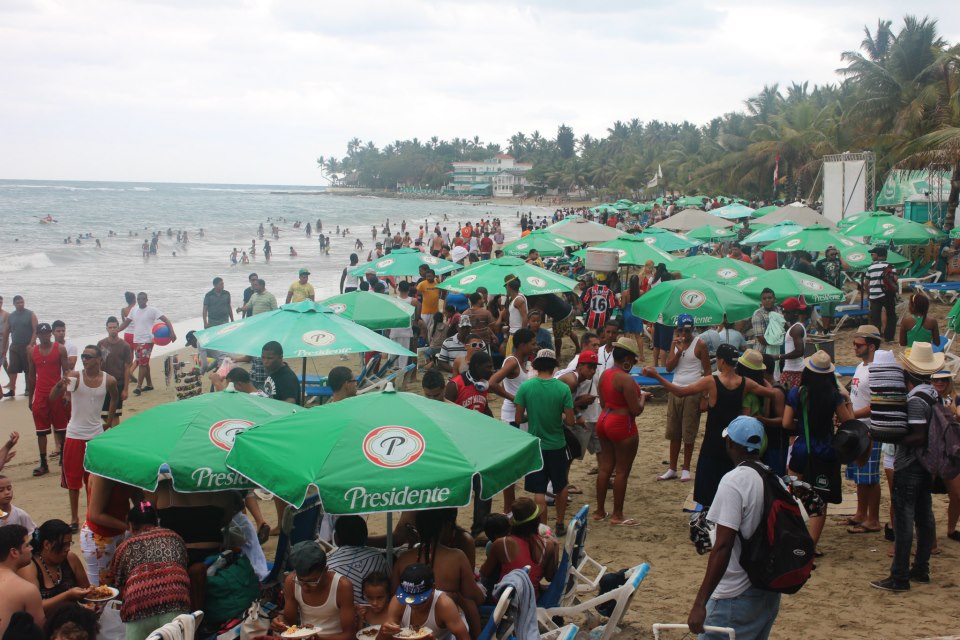Water Safety Tips
It’s that time of year again. The water is getting warmer. The ocean bottom is all tore up from the winter storms. Crowds are flocking to the beach for vacation and spring break. You know what that means…Summer is right around the corner. With that, it is time to go over some summer ocean and beach safety tips.

1) Check in with the Lifeguard
By far the most important one should be the first tip. Always check with the lifeguard before going in the ocean. The Lifeguards are the experts at the beach and know where the hazardous and safe areas are. They will tell you what the currents are doing and the tides. Lifeguards like to be very proactive and prevent dangerous situations before they start.

2) Know your limits
The ocean is always changing with currents and tides. An “inshore hole” or deep spot can be in one area on one day, and the next day it can be gone. You might think you are in a safe area in waist deep water, but one step to the left, right, or further out can put you in over your head. Always know what kind of swimmer you are. If you do not feel safe in the ocean then make sure you are always where you can touch the bottom. Remember also, even though you are a good swimmer in the pool or even flat water, it doesn’t make you a good ocean swimmer.
3) Follow the rules, signs, and flags posted
All the signs are there to protect you and others. Be really aware of signs that are posted “Hazardous”, “Caution”, and “Danger”. Most Lifeguard agencies also post flags for conditions. Some use the universal Green, Yellow, Red flags based on either calm, use caution, or hazardous. Other agencies set up flags on the berm of the beach near their tower to show the safe area to swim. Lifeguards try to keep swimmers in between the flags. Another flag that most surfers are not very fond of is the black ball flag. This is a yellow flag with a black circle that enforces no surfing. Lifeguards enforce this when there are just too many swimmers in the water and a surfboard with fins is too dangerous to the swimmers as well as the surfer him or herself.
4) Sun protection
When you are at the beach, you are really exposed to the sun. Most people think that being under an umbrella will be sufficient, but don’t forget that the sun reflects off the water like a mirror. The only sure way to protect yourself is to cover up with clothes and wear sunscreen. Try to use a high SPF to protect yourself. 30 SPF should be a minimum. Always reapply after drying off with a towel or going in the water. Another Sun Protection is to drink plenty of fluids. Just being in the sun at the beach will dehydrate you more rapidly. Make sure you are at least drinking plenty of water. An electrolyte replacement drink helps also.
5) Feet First!!!
Whenever you enter the water, make sure it is feet first. Do Not Dive Head First! As you run into the water, it might seem that you are getting deeper but there could be a shallow sand bar right in front of you. If you dive head first into that, you could hurt your neck or back. One of the most common EMS calls that lifeguards go on is spinal cord injuries from surfers and swimmers hitting their head on the ocean bottom. Always enter the water feet first.
6) Boogie boards and Soft-top surfboards
Now this is one of my personal pet peeves. Everybody wants to have a good time at the beach. Nowadays with technology, people can learn to boogie board and surf at a very reasonable cheap price. Surfboards can be found for under $100 now. With this new wave of beginners surfing (no pun intended), comes people going beyond their limits. The scenario is a beginner gets out past the break, usually through a rip current. The beginner tries to catch a couple waves, gets tired, and decides to come back to shore. Now the surfer or boogie boarder tries to paddle straight back through the rip current. The beginner doesn’t go anywhere so they perform the worst mistake they could ever make. They ditch the boogie board or surfboard and try to swim. As a lifeguard, when we see this, we go out and rescue this person. Think about it. If you are on a boat and you lose power, do you ditch the boat? If you are a beginner and find yourself in this situation, do not ditch your flotation. It will always float better then you.
7) I can’t find my kid
It happens. Kids get lost. What do you do? It first starts when you get to the beach. Set your stuff up by a lifeguard tower. All the towers have either a number or letter on them that correspond with the closest street. Tell your kids what the number is. Also tell your kids to if they do get lost, go up to the lifeguard and they can say my parents are at tower 4. Whenever we get a kids that is lost, we hold on to them at our tower in case the parents walk by. Now when you are looking for your kid, leave at least one person back at your stuff in case the kid comes back. Always take a cell phone to communicate with each other. Let the lifeguard know that your kids is missing along with: Age, Gender, Point Last Seen, What they were wearing, and Hair color. The lifeguards usually lets dispatch and the other lifeguard towers know to look out for the description of the kid.
Use these tips to have a fun and safe day at the beach this summer. See you on the Sand.
-Jeff Hart
